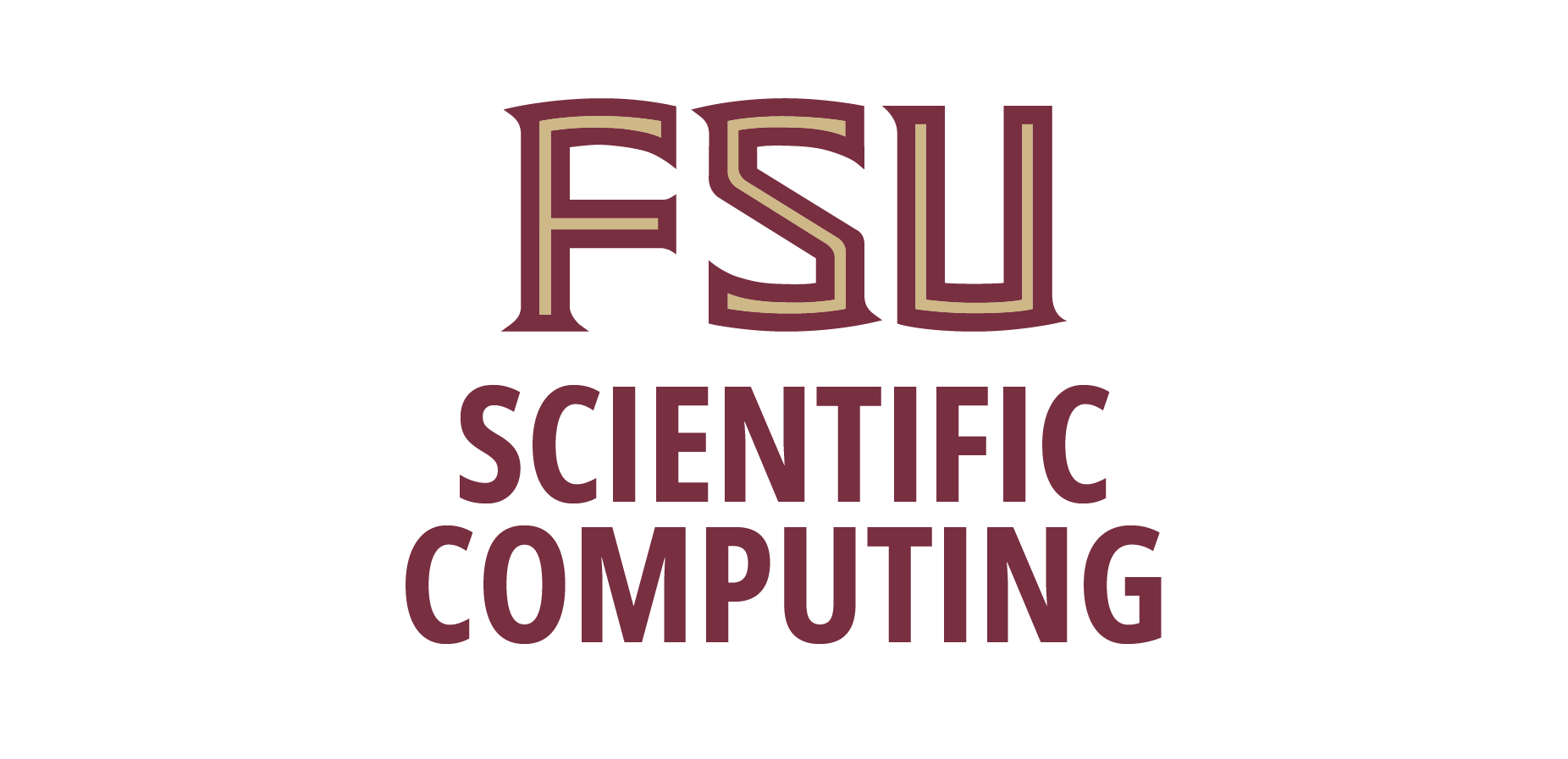
Gauging the utility of compound microsatellites for shallow scale phylogeny estimation.
Background
Microsatellites are common genetic motifs in which short nucleotide se- quences are repeated many times (e.g. ATATATAT...). They are generally uncon- strained by selection, mutate rapidly and show a high degree of polymor- phism. This polymorphism makes them attractive candidates as tools for shal- low scale phylogenetic analysis, but the rapidity with which they mutate results in a homoplasy problem that tends to obscure their ancestry even at shallow depths. That is to say that one often cannot infer whether two individuals with the same number of repeats at a locus owe this similarity to common an- cestry or to convergence. This difficulty may be alleviated by focusing on com- pound microsatellites, sites at which multiple microsatellite alleles are lo- cated close enough together on a chro- mosome such that recombination is minimal. At these sites multiple charac- ters are independently evolving at what may be approached as one locus, which may allow for sufficient accuracy for phylogeny reconstructions.

